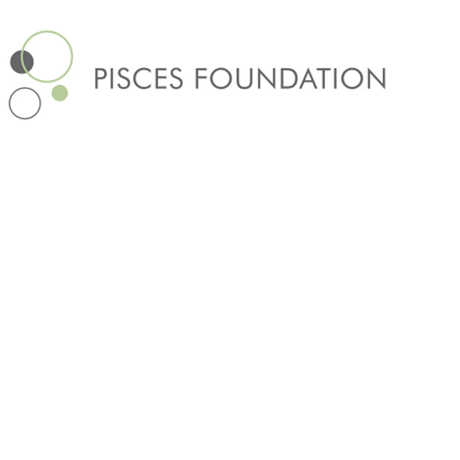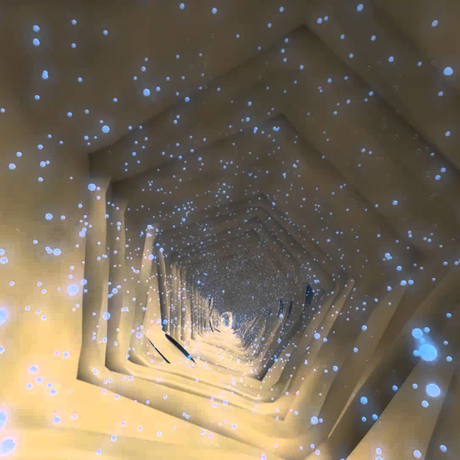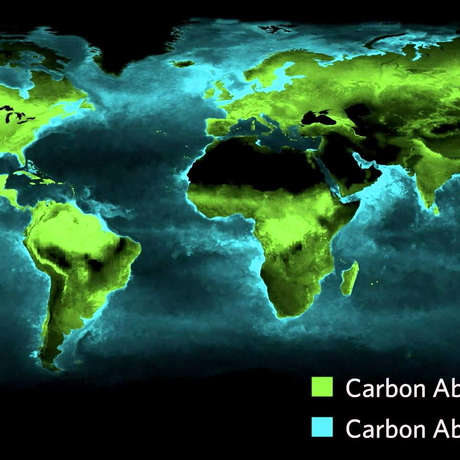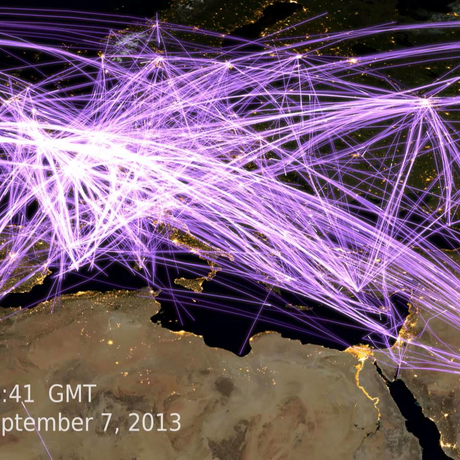Browse a rich array of educational resources from the award-winning show, Habitat Earth.
See how seasonal changes drive patterns in animal behavior. Track the movement of two migratory birds of prey—ospreys and turkey vultures—as they travel between North and South America over a single calendar year.
Guiding Questions
- What might this visualization be representing or showing, and why?
- Do you see any patterns in the movement of the raptors through time?
- How might carbon absorption on land and in the oceans be related to the migration patterns of turkey vultures and ospreys?
Sample Lesson that Directly Integrates This Science Visualization
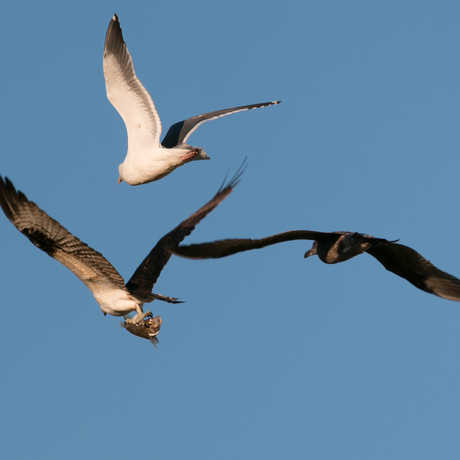
Using Empirical Data in the Classroom (grades 6-10)
Why do birds migrate? How do seasonal changes in primary productivity influence the behaviors of higher order consumers like raptors? Visualize and explore the connectedness of organisms within and across ecosystems in this teacher-guided activity.
Connections to Standards
Next Generation Science Standards Disciplinary Core Ideas
- LS1.C: Organization for Matter and Energy Flow in Organisms:
- (6-8) Plants, algae (including phytoplankton), and many microorganisms use the energy from light to make sugars (food) from carbon dioxide from the atmosphere and water through the process of photosynthesis, which also releases oxygen. These sugars can be used immediately or stored for growth or later use.
- (9-12) The process of photosynthesis converts light energy to stored chemical energy by converting carbon dioxide plus water into sugars plus released oxygen.
- LS2.A: Interdependent Relationships in Ecosystems:
- (6-8) Organisms, and populations of organisms, are dependent on their environmental interactions both with other living things and with nonliving factors.
- (6-8) Organisms, and populations of organisms, are dependent on their environmental interactions both with other living things and with nonliving factors.
- LS2.B: Cycles of Matter and Energy Transfer in Ecosystems:
- (9-12) Photosynthesis and cellular respiration (including anaerobic processes) provide most of the energy for life processes. Photosynthesis and cellular respiration are important components of the carbon cycle, in which carbon is exchanged among the biosphere, atmosphere, oceans, and geosphere through chemical, physical, geological, and biological processes.
- (9-12) Photosynthesis and cellular respiration (including anaerobic processes) provide most of the energy for life processes. Photosynthesis and cellular respiration are important components of the carbon cycle, in which carbon is exchanged among the biosphere, atmosphere, oceans, and geosphere through chemical, physical, geological, and biological processes.
- LS2.C: Ecosystem Dynamics, Functioning, and Resilience:
- (6-8) Ecosystems are dynamic in nature; their characteristics can vary over time. Disruptions to any physical or biological component of an ecosystem can lead to shift in all of its populations.
- (9-12) A complex set of interactions within an ecosystem can keep its numbers and types of organisms relatively constant over long periods of time under stable conditions. If a modest biological or physical disturbance to an ecosystem occurs, it may return to its more or less original status (i.e., the ecosystem is resilient), as opposed to becoming a very different ecosystem.
- PS3.D: Energy in Chemical Processes and Everyday Life:
- (5) The energy released [from] food was once energy from the sun that was captured by plants in the chemical process that forms plant matter (from air and water).
- (6-8) The chemical reaction by which plants produce complex food molecules (sugars) requires an energy input (i.e., from sunlight) to occur. In this reaction, carbon dioxide and water combine to form carbon-based organic molecules and release oxygen. Cellular respiration in plants and animals involve chemical reactions with oxygen that release stored energy. In these processes, complex molecules containing carbon react with oxygen to produce carbon dioxide and other materials.
- (9-12) The main way that solar energy is captured and stored on Earth is through the complex chemical process known as photosynthesis.
California's Environmental Principles and Concepts
- Principle III: Natural systems proceed through cycles that humans depend upon, benefit from and can alter.
- Concept a: Students need to know that natural systems proceed through cycles and processes that are required for their functioning.
Vocabulary for Students
- carbon cycle: Carbon is part of both the living and non-living parts of the planet, as a component in organisms (biosphere), atmospheric gases, water (hydrosphere), and rocks (lithosphere). The carbon contained in any of the planet’s spheres does not remain there forever, but moves from one sphere to another in an ongoing process known as the carbon cycle.
- empirical: based on observation, experience, or experimentation; not theoretical
- photosynthesis: the process by which a cell capture energy in sunlight and uses it to make food
- phytoplankton: plant-like plankton, primarily microscopic algae and protozoa, that carry out photosynthesis
- primary productivity: (in the context of photosynthetic producers as opposed to chemosynthetic producers): a measure of the rate at which new organic matter is developed through photosynthesis in producer organisms based on the oxygen released and carbon taken in; the transformation of solar energy to biomass
- producer: an organism, such as a plant, that can make its own food
- raptor: also known as a 'bird of prey'; a bird that hunts and feeds on other animals, including other birds
How Have Teachers Used this Video Clip?
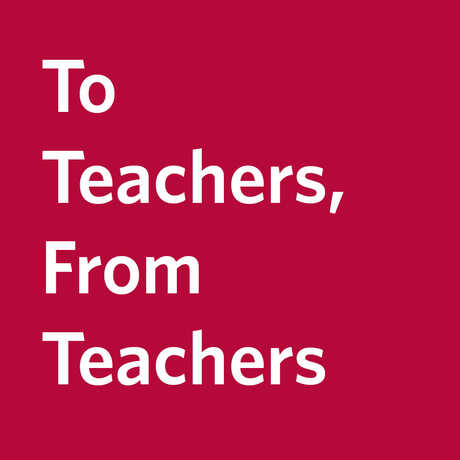
"We will be looking at food webs this year, so all the information about photosynthesis and the food chain are great supplemental materials to our curriculum." -3rd-5th Grade Science Teacher from San Rafael, CA
"The short videos of photosynthesis from space and bird migrations overlaying photosynthesis, and the water transport videos will be great hook activities for my cell energetics lessons. I appreciate that there isn't any narration, allowing the students to watch and draw their own conclusions. Great for developing critical thinking!" -High School Life and Environmental Science Teacher from San Rafael, CA
Have an idea you'd like us to post on this page? Email us.
Visualizations based on aggregated data provide the unique opportunity to engage your students in various Science Practices highlighted in the Next Generation Science Standards, including asking questions, analyzing and interpreting data, and constructing explanations. As an example, Academy educators developed sample activities such as this one and this one.
Recommended Resources
Raptor Migration
Understanding species migrations is essential to conservation efforts. Explore how visualizations help researchers and the public protect wild raptors across the globe.
Our Feathered Neighbors
Nature surrounds us, even in a large city or metropolitan area like San Francisco. Learn how the new planetarium show Habitat Earth highlights this biological diversity.
Tiny Bird, Long Migration
Learn how scientists confirmed that the blackpoll warbler - a tiny birds that weighs only twelve grams - migrates incredibly long distances, and makes the trip almost entirely over open ocean.
Unseasonal Migrations
Listen as Jack Dumbacker, Curator of Ornithology & Mammalogy discusses his research on how temperature and other seaosnal factors affect bird migration.
Migratory Birds and AM Radio
How do night-migrating songbirds like European Robins find their way? Using Earth’s magnetic field. But however reliable this feature of our planet may be, the birds’ sense of direction can go a little haywire sometimes.
Pale Male
Pale Male is a red-tailed hawk who first appeared in the early 1990s, enchanting locals and eventually gaining notoriety further afield, as well.
Phytoplankton Blooms
How do phytoplankton blooms affect ecosystems? Learn what causes these potentially toxic blooms and how scientists monitor them to ensure food safety.
Data Sources
Ocean Productivity
Michael Behrenfeld
Land Productivity
NASA MODIS
Bird Tracking Data
Rob Bierregaard, Adam Shreading, Dodge S, Bohrer G, Bildstein K, Davidson SC, Weinzierl R, Mechard MJ, Barber D, Kays R, Brandes D, Han J.
Share This
Learn the benefit of using videos in the classroom, and browse resources to help you get started.
Our collection of educational videos will help your students visualize data and understand scientific concepts.
Environmental Literacy Initiative, major funding provided by
